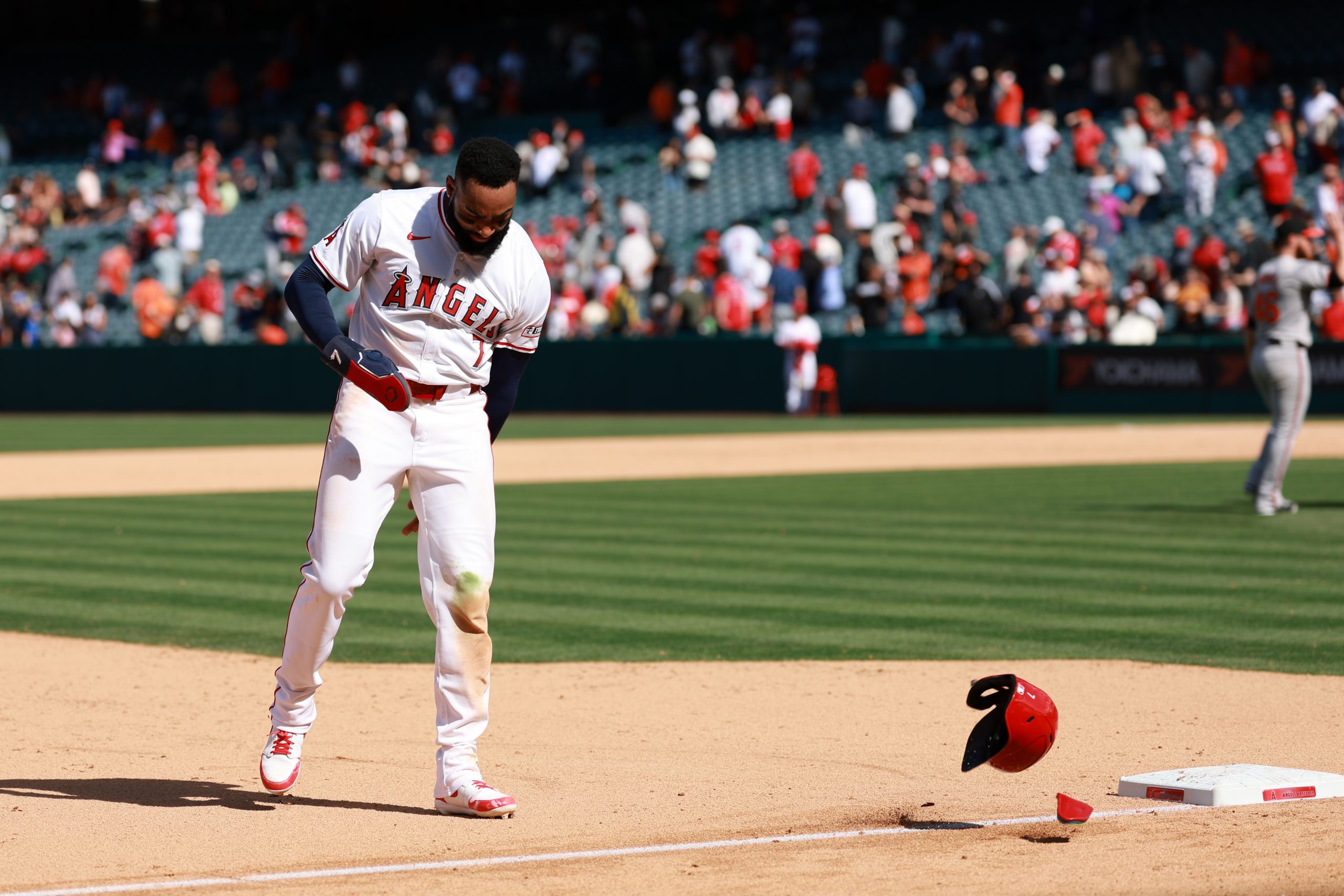Amazon has managed to make its services vital, or at least lent them the appearance of vitality, which means any Prime price increase puts customers in a tough spot. And that’s just what we’re getting, although so far, it will only affect monthly subscribers.
Via Recode:
The company is announcing on Friday that the Amazon Prime monthly fee is increasing from $10.99 to $12.99 in the U.S., an increase of 18 percent. The new price works out to nearly $156 a year.
The increase comes less than two years after Amazon first introduced the monthly payment option as a way to attract new Prime members who either couldn’t afford the annual membership of $99 (which is not increasing), or didn’t want to commit to using the service continuously.
That last point is key; Amazon’s yearly subscription price is, so far, not shifting. The value is even greater now if you can afford the lump-sum outlay, which is a clue to what Amazon is really looking for here; they want to lock you in for the year. Having a more stable, consistent customer base is much more valuable to Amazon than the potential for monthly fluctuation (people jumping aboard for November and December holiday shopping and shipping, perhaps), even if the math would perhaps still work out in their favor.
A stable subscriber base makes it much easier to market things that further draw customers into the ecosystem; your Alexas, your Fire tablets, etc. And then, in a self-fulfilling circle, those people are in turn much more likely to stay subscribed, having just spent money on gadgets; and if they’re going to stay subscribed, they might as well just do the yearly subscription again, on and on until the heat death of the universe.
Truly, it’s a hell of a business strategy, and one that shows little sign of slowing down. Of course, the month-to-month option was introduced originally to target people who couldn’t afford the lump sump payment, making this change especially difficult on what was, in theory, the very market Amazon was targeting:
The monthly payment option was seen as a way to attract lower-income customers — the type of shopper who might otherwise prefer, say, Walmart — who could not cough up $99 at one time. Since then, Prime membership growth has been the strongest among households making less than $50,000 annually, an R.W. Baird study found.
So, yeah. That’s not good. Amazon is keeping their special rate for those on government assistance unchanged at $5.99/month, which is nice of them. Free shipping is never truly free.
[Recode]






